Norwegian literature is literature composed in Norway or by Norwegian people. The history of Norwegian literature starts with the pagan Eddaic poems and skaldic verse of the 9th and 10th centuries with poets such as Bragi Boddason and Eyvindr Skáldaspillir. The arrival of Christianity around the year 1000 brought Norway into contact with European medieval learning, hagiography and history writing. Merged with native oral tradition and Icelandic influence, this was to flower into an active period of literature production in the late 12th and early 13th centuries. Major works of that period include Historia Norwegie, Thidreks saga and Konungs skuggsjá.
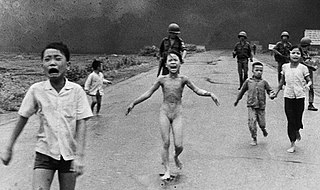
Phan Thị Kim Phúc, referred to informally as the Napalm girl, is a South Vietnamese-born Canadian woman best known as the nine-year-old child depicted in the Pulitzer Prize-winning photograph taken at Trảng Bàng during the Vietnam War on June 8, 1972. The well-known photo, by AP photographer Nick Ut, shows her at nine years of age running naked on a road after being severely burned on her back by a South Vietnamese napalm attack.
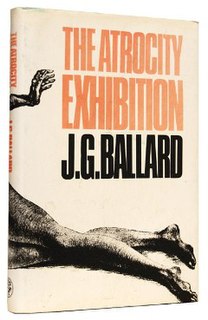
The Atrocity Exhibition is an experimental novel of linked stories or "condensed novels" by British writer J. G. Ballard.
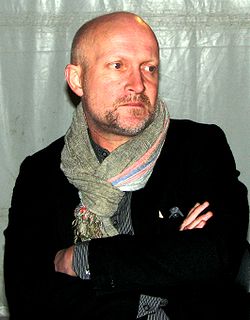
Lars Saabye Christensen is a Norwegian/Danish author.

Ketil Bjørnstad is a pianist, composer and author. Initially trained as a classical pianist, Bjørnstad discovered jazz at an early age and has embraced the emergence of "European jazz".

Thorvald Steen is a Norwegian writer and government scholar.
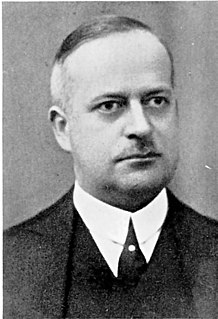
Lars Christensen was a Norwegian shipowner and whaling magnate. He was also a philanthropist with a keen interest in the exploration of Antarctica.
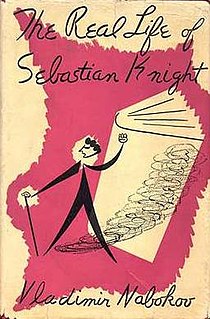
The Real Life of Sebastian Knight is the first English language novel by Vladimir Nabokov, written from late 1938 to early 1939 in Paris and first published in 1941. A work centred on language and its inability to convey any satisfactory definition, it has been identified as a forerunner of the postmodernist novel.
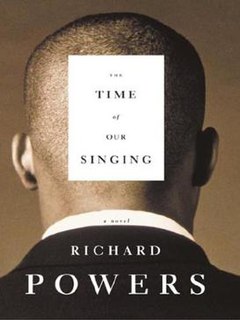
The Time of Our Singing (2003) is a novel by American writer Richard Powers. It tells the story of two brothers, Jonah and Joseph Strom, involved in music, dealing heavily with issues of prejudice. Their parents, David Strom and Delia Daley, met at Marian Anderson's concert on the steps of the Lincoln Memorial after she had been barred from any other legitimate concert venue. The story goes back and forth between the generations, describing the unusual coupling of a German-Jewish physicist (David) who has lost his family in the Holocaust and a black woman from Philadelphia (Delia), both of whom have strong musical backgrounds. They impart their love of music to their family. Their two boys go on to study music and become professional musicians: one a singer, the other a pianist. The parent's third child, their daughter Ruth, becomes a militant black activist.

Finding Cassie Crazy is a novel by Jaclyn Moriarty. It was first published 2003 in Australia. The novel is both a stand-alone and also the second book of the Ashbury/Brookfield series.

The Brage Prize is a Norwegian literature prize that is awarded annually by the Norwegian Book Prize foundation. The prize recognizes recently published Norwegian literature.
Gunnar Bull Gundersen was a Norwegian sailor, novelist, playwright and lyricist.
Ola Bauer was a Norwegian novelist and playwright. He made his literary debut with the novel Graffiti in 1976, under the pseudonym Jo Vendt. Among his best known books are Humlehjertene (1980), Rosapenna (1983), and Metoden (1985). Bauer was awarded Gyldendal's Endowment in 1982, and the Dobloug Prize in 1998. He died of cancer in 1999.
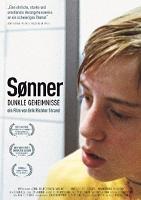
Sons is a 2006 Norwegian film focusing on the conflict between a pederast and the boys with whom he has had intimate relationships. It is Erik Richter Strand's first feature film as a director, and the feature-film debut of producer Eric Vogel and cinematographer Johan-Fredrik Bødker.
Rosapenna is a novel published in 1983 by the Norwegian writer Ola Bauer. The book introduced Belfast and Northern Ireland into Norwegian literature.
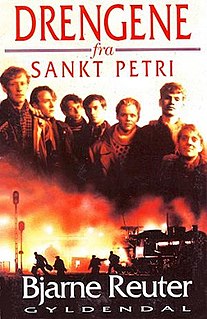
The Boys from St. Petri is a children's book written by Danish author Bjarne Reuter, published in English by Puffin Books in 1994. The novel was the 1995 recipient of the Mildred L. Batchelder Award, an award granted by the American Library Association for outstanding children's books originally published in a foreign language. The novel has been cited by multiple scholars in the field of education for its lessons on activism and the Danish resistance during World War II.
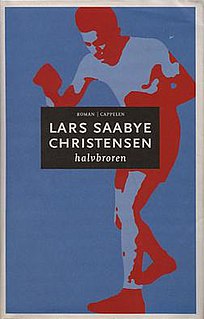
The Half Brother is a 2001 novel by the Norwegian writer Lars Saabye Christensen. The story follows a man who grows up in Oslo after World War II, with his mother, grandmother, great grandmother and half brother. The novel was published in Norwegian by Cappelen in 2001, and in English for the first time in 2003. It received the Brage Prize and the Nordic Council Literature Prize. A television series based on the novel was broadcast on NRK in 2013.
Aslak Rakli Hartberg alias Alis, is a Norwegian rapper and bass player, and was the leading figure in the Norwegian hip hop band Klovner i Kamp. He is the brother of cartoonist Flu Hartberg.
Torgils Lovra was a Norwegian editor.

Ingrid Christensen was an early polar explorer. She was known as the first woman to view Antarctica and land on the Antarctic mainland.














